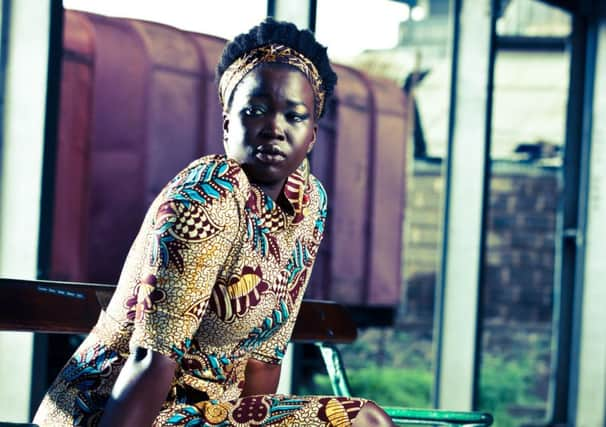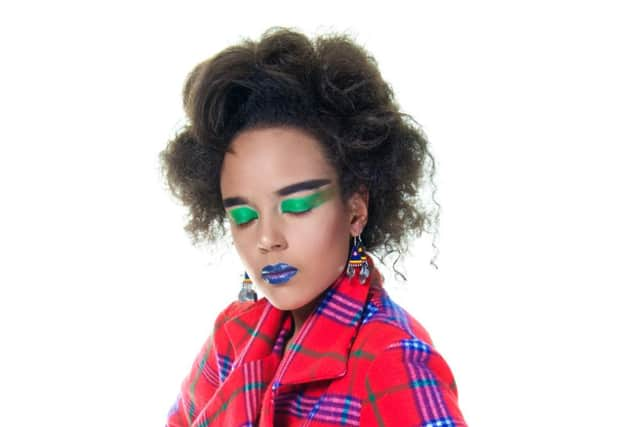African fashion’s international renaissance


WITH Michelle Obama wearing bold prints in the White House and the likes of Heidi Klum on the red carpet, African fashion is making its mark. From designer, with Vivienne Westwood’s Ethical Africa collection, which blends the Kings Road with Kenya, to online with ASOS AFRICA, produced in collaboration with a rural Kenyan community north of Mombasa, to high street, with African prints from Zara to Topshop, there’s a renaissance in African fashion.
It’s always been an influence on the western catwalk, but there’s much more to it than a high-end designer being inspired to use a bit of leopard print or tie-dye in their latest “tribal” collection. African designers, producers and consumers are increasingly doing it for themselves and making their presence felt both at home and globally, with fashions that can compete on the international fashion scene as well as taking an ethical stance.
Advertisement
Hide AdAdvertisement
Hide AdFashion Africa, a coffee table book by Jacqueline Shaw, is a visual overview of contemporary African fashion and textiles that brings together designers and manufacturers and showcases more than 40 African designers such as Bestow Elan, Jewel by Lisa and Choolips. Shaw, founder and director of Africa Fashion Guide, is a designer and blogger who champions African fashion from Ghana to Nigeria and South Africa, showcasing the talent in the continent and the diaspora.


With a rising middle class in many African countries and greater global awareness, there is a growing market for African fashion, while on a creative level, the fabrics, techniques and cultural influences are huge and offer business opportunities. From Ugandan barkcloth, a 600-year old tradition, to tie-dying, printing and beading, there is a wealth of skills as well as design flair on offer in the continent both for home and foreign markets.
Featured in the book is Mia Nisbet, a Glasgow School of Art graduate who launched her label in 2008 in Malawi. The MIA label fuses recycled fabrics and traditional Malawian textiles to create fashions for the international market, combining the richness of African textiles with western styling. Nisbet has risen to the challenge of the huge amount of second-hand clothing imported from the US and Europe which makes it difficult for locally produced clothing to compete, and turned it into an opportunity.
“In Malawi the locals street markets are selling copious amounts of secondhand clothing. It became apparent these markets would be a great place to source clothes for my recycled collection. My observation of how Malawian citizens mixed these imported clothes with their traditional dress and printed textiles was the visual inspiration for my range. The cross between tradition and modernist, between the north and the south and the combination of different cultures makes for an eye-catching fusion. We bring financial independence to the tailors and economic empowerment to second-hand clothes seller and textile partners,” she says.
Another Scot working in African fashion is Ann McCreath, who studied in Edinburgh and Rome and was working as a designer in Barcelona when a three-month break in aid work in Kenya led to her staying for three years. Inspired by the colours, crafts and culture, she focused her fashion efforts on trade instead of aid and launched the fashion house KikoRomeo to help create employment in Kenya as well as ready to wear and custom-made fashion, accessories and footwear.
Using African-made fabrics, KikoRomeo relies on young Kenyan designers who work with artisans and producers and much of her collection shows a Masai influence. McCreath also founded the Festival of African Fashion and Arts where pan-African designers come together for the annual Fashion for Peace Event in Nairobi and showcase their work.
“We are a Kenyan company, everything is done in Kenya. We work with many small scale artisans, fine artists and women’s groups as well as employing people directly in production, administration and retail,” she says. “Our fabrics include hand-woven and factory-made cottons, conservation Kenyan silk and organic cotton jersey, and our craft techniques include hand-painting, tie dyeing, knitting, crochet, beading metal work and embroidery.
“We are a growing market in terms of population and buying power and Africa-to-Africa trade is on the increase, so we are our own future.”
Twitter: @JanetChristie2
Fashion Africa by Jacqueline Shaw, Jacaranda, £45; Africa Fashion Guide (www.africafashionguide.com); KikoRomeo (kikoromeo.com); MIA (fashionbymia.com)